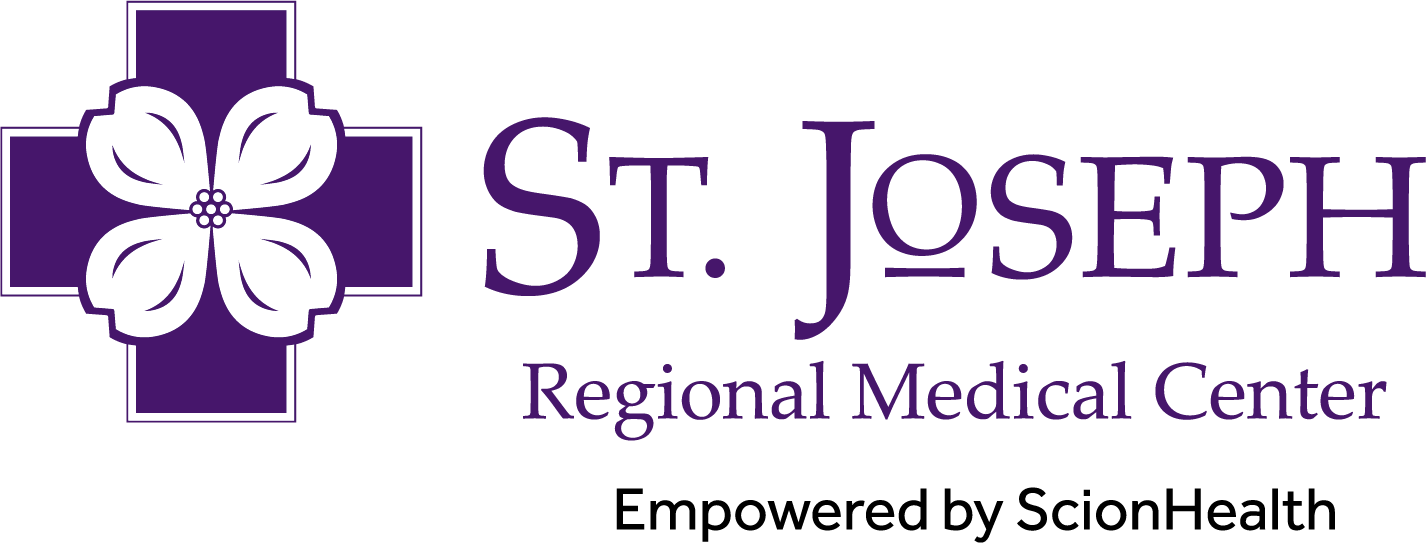Keeping our patients safe during COVID-19: How isolation treatment works in managing infectious diseases
May 15, 2020
By Dr. David Souvenir, Infectious Disease Physician, St. Joseph Regional Medical Center
Treating infectious diseases, including the novel coronavirus (COVID-19), is not new to hospitals, and the guidelines for protecting patients, staff and visitors are comprehensive and evidence-based. You hear often that COVID-19 patients are treated in isolation, and while specific elements of COVID-19 isolation may differ from other infectious diseases, the fundamental practices for isolation treatment do not.
Isolation is meant to prevent spread of infectious diseases between patients and the staff members treating them, between patients and their visitors, and between patients and other patients, staff members and visitors throughout the hospital.
Treating patients in isolation
It’s important to note that many patients are treated using various isolation practices, for everything from flu to MRSA to COVID-19. Isolation practices vary based on how a specific infectious disease is spread.
- If the disease is primarily spread through physical contact, staff members and visitors will follow guidelines specific to preventing spread through direct or indirect contact, which would include things like wearing gloves or a gown.
- If the disease is spread through droplets of mucus or saliva, staff members and visitors will follow guidelines specific to preventing spread through droplets, which would include things like wearing a mask when working closely with the patient.
- If the disease is spread through airborne particles that can be spread through inhalation, staff members and visitors will follow guidelines specific to preventing spread through air, which would include placing patients in rooms with monitored negative air pressure (to prevent spread through air circulation to other parts of the hospital) and wearing respiratory protection while in the room.
Safety practices in isolation
Fundamental safety practices for treating patients in isolation are consistent, though, no matter how the disease is spread, and these include:
- Handwashing: Handwashing is the bedrock of hospital safety and infection prevention. All staff members wash their hands or use an alcohol-based hand gel upon entry and exit of the room, and even between treatments on the same patient when appropriate. Handwashing is completed upon entry and exit of rooms, even if gloves are worn inside the room.
- Patient placement and transport: Patients in isolation are typically assigned to private rooms, and additional safety precautions are taken any time they are transported between departments or rooms.
- Personal protective equipment: Staff members and visitors entering isolation rooms wear personal protective equipment (PPE). The required PPE varies based on how the specific disease is spread, and in the case of COVID-19, typically includes a mask, gown, gloves and eye protection.
- Nutrition, environmental services and more: Staff members who deliver food or provide cleaning services follow strict guidelines and limit unnecessary entry to isolation rooms. These practices ensure patients still receive excellent care and service while limiting additional exposure and conserving PPE use.
Universal Masking at St. Joseph Regional Medical Center
As a patient or visitor to our hospital or outpatient clinics, you will be asked to wear a mask, and you will also notice that all of our staff members, in every department, are wearing masks, too. Universal masking is a proactive measure we’re taking to significantly reduce the potential spread of illness. This, layered with our screening at each point of entry for all staff members, patients and visitors, provides additional protection for everyone in our facilities.
How St. Joseph is treating COVID-19 patients
Out of an abundance of caution, we are taking a number of additional precautions in the treatment of patients with suspected or confirmed COVID-19:
- We have dedicated isolation rooms for COVID-19 patients, and dedicated negative air pressure rooms available.
- We are using separate spaces for treating patients with suspected or confirmed COVID-19 in operating areas.
- Additionally, all patients coming in for an elective surgery or invasive procedure are tested for COVID-19 in advance of their procedure. And, we are not performing elective or non-urgent procedures on patients testing positive for COVID-19 at the time*.
COVID-19 at St. Joseph
The CDC has reported that most people with COVID-19 have mild illness and can recover at home without medical care. At, St. Joseph, the same has been true. Most people who tested positive for COVID-19 had mild symptoms and were able to recover safely at home. Thankfully, our community has not seen the surge that many were expecting. In fact, we have only treated four (4) COVID-19 positive patients requiring overnight hospitalization to date*.
These protective measures for managing infectious diseases, COVID-19 and others, ensure that our hospital and clinics are always safe for you and your loved ones when you need care.
*Updated May 15, 2020
